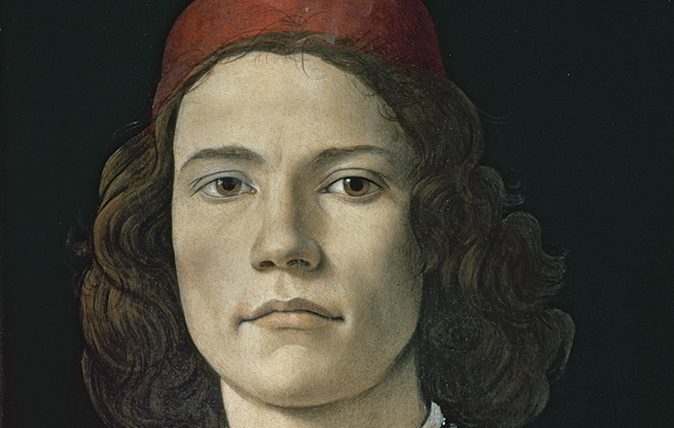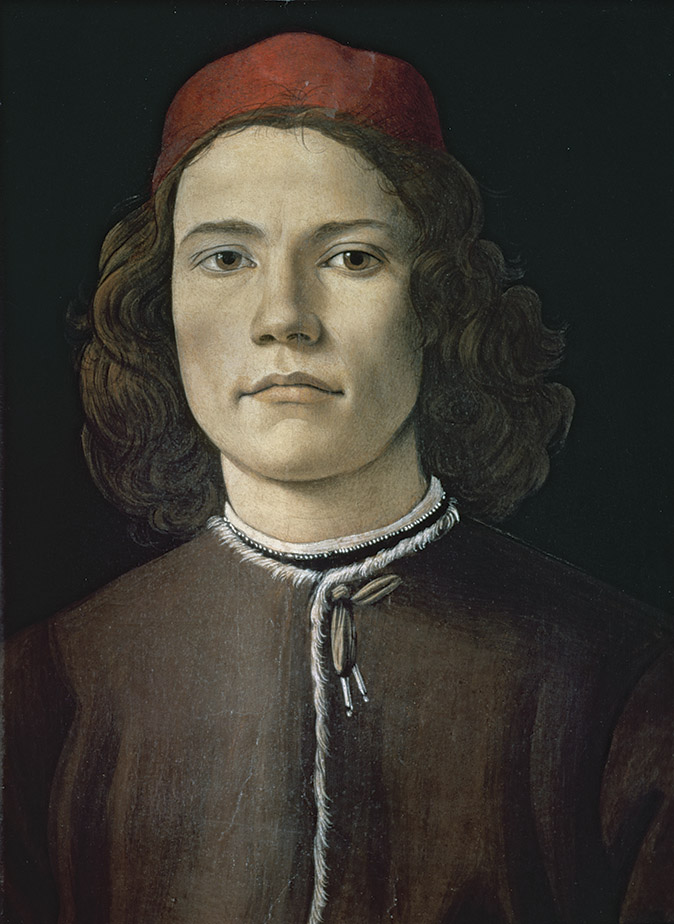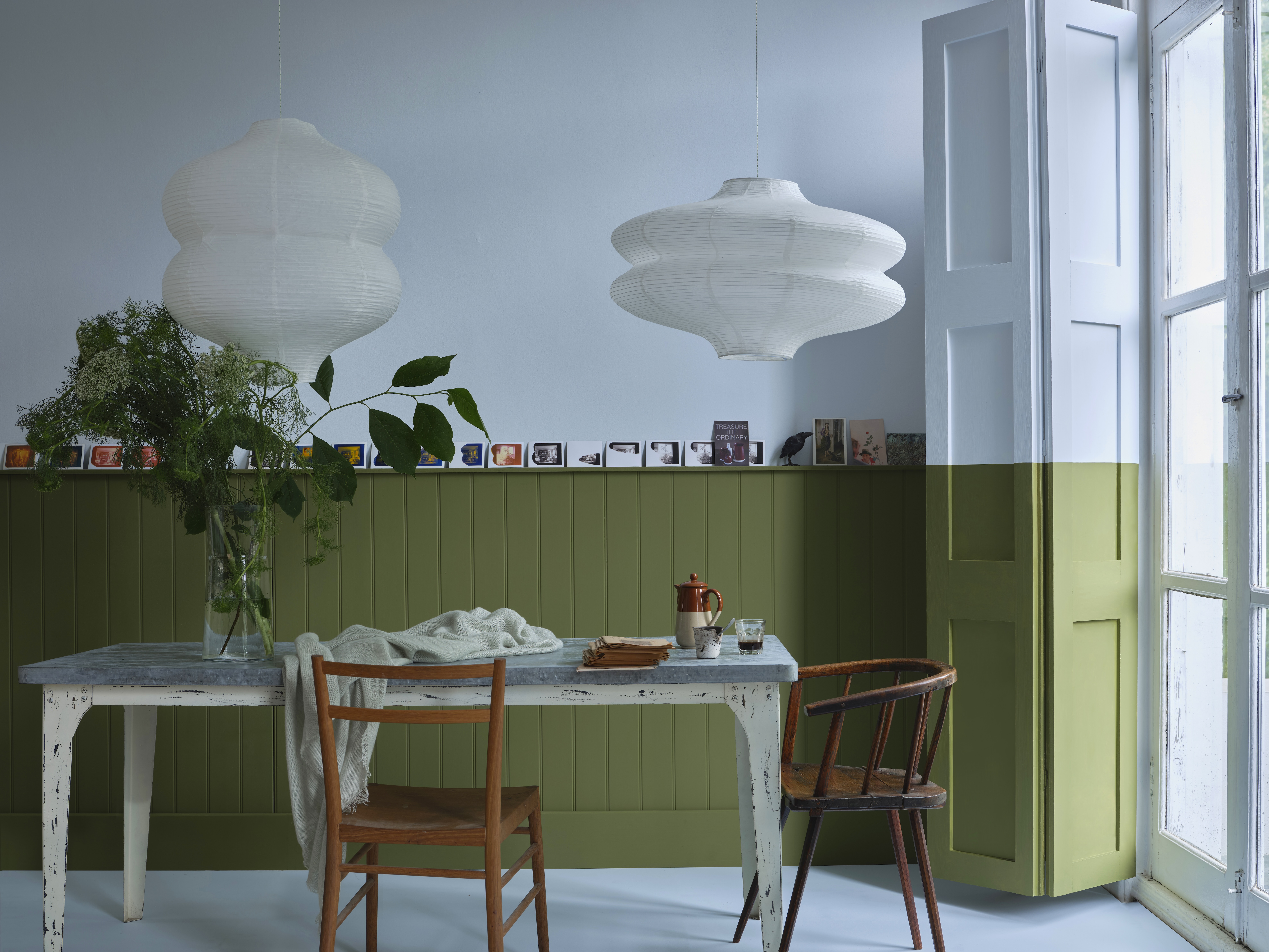My favourite painting: Fay Weldon
'The young man looked straight at me and into my soul and I fell in love.'



Portrait of a Young Man by Botticelli, 1485, by Sandro Botticelli (1445-1510), 14¾in by 11in, The National Gallery, London
Fay Weldon says: I first saw Botticelli’s Portrait of a Young Man when I was 15. It was 1946; I was straight off the boat from New Zealand and unfamiliar with “great art”. The National Gallery had been battered by a bomb blast and part of the roof was tarpaulined. I paid my respects to the spectacular Titians and Rubenses, then I caught sight of this small Botticelli portrait. The young man looked straight at me and into my soul and I fell in love. That’s the only way I can describe it. A romantic devotion rather than an aesthetic appreciation, perhaps, but, either way, looking at him today, I find no reason to qualify my choice .
Fay Weldon is an author and playwright. Her latest novel, Death of a She Devil, is out in paperback from October 5
John McEwen comments on Portrait of a Young Man: Botticelli was not a ‘Renaissance man’, not an uomo universale like Michelangelo, who was famed as an architect, engineer, sculptor and poet as well as a painter and draughtsman. Botticelli was primarily a painter, not least of portraits. He was one of the most prolific portrait painters in Italy of his day, with almost two dozen authenticated works, in all sizes and done over an exceptionally long period, from the early 1470s until the turn of the century. By comparison, his teacher Filippo Lippi painted a handful. Leonardo, his near contemporary, is credited with only five.
The late Sir Michael Levey, director of the National Gallery, singled out the portraits as the quintessence of his art, ‘convincing as individual likenesses… and yet vibrant with vitality’. In Florence, Botticelli was also the first to paint individual female portraits. Almost all his portraits were directly or indirectly due to the patronage of the Medici family.
Sitters may differ but certain traits are characteristic: the shading tends to highlight high cheekbones and strong chins, hence his reputation for introducing the aria virile or manly style. Nostrils are distinct, noses broad, lips full and clear cut, eyelids defined. That this type of face resembled his own was commented on by contemporaries, but, as Cosimo de Medici said, every painter paints himself.
This portrait entered an English collection in 1804, ascribed to Masaccio, and the National Gallery in 1859. It was re-attributed to Botticelli in 1864 and became one of his most popular pictures, helping to restore his prominence after three centuries of obscurity.
Sign up for the Country Life Newsletter
Exquisite houses, the beauty of Nature, and how to get the most from your life, straight to your inbox.
Country Life is unlike any other magazine: the only glossy weekly on the newsstand and the only magazine that has been guest-edited by HRH The King not once, but twice. It is a celebration of modern rural life and all its diverse joys and pleasures — that was first published in Queen Victoria's Diamond Jubilee year. Our eclectic mixture of witty and informative content — from the most up-to-date property news and commentary and a coveted glimpse inside some of the UK's best houses and gardens, to gardening, the arts and interior design, written by experts in their field — still cannot be found in print or online, anywhere else.
-
 Some of the finest landscapes in the North of England with a 12-bedroom home attached
Some of the finest landscapes in the North of England with a 12-bedroom home attachedUpper House in Derbyshire shows why the Kinder landscape was worth fighting for.
By James Fisher
-
 John Sutcliffe — The man, the myth and the paint-naming legend behind Dead Salmon and Elephant's Breath
John Sutcliffe — The man, the myth and the paint-naming legend behind Dead Salmon and Elephant's BreathBy Carla Passino